Cover Letter Template for Returning After a Career Break
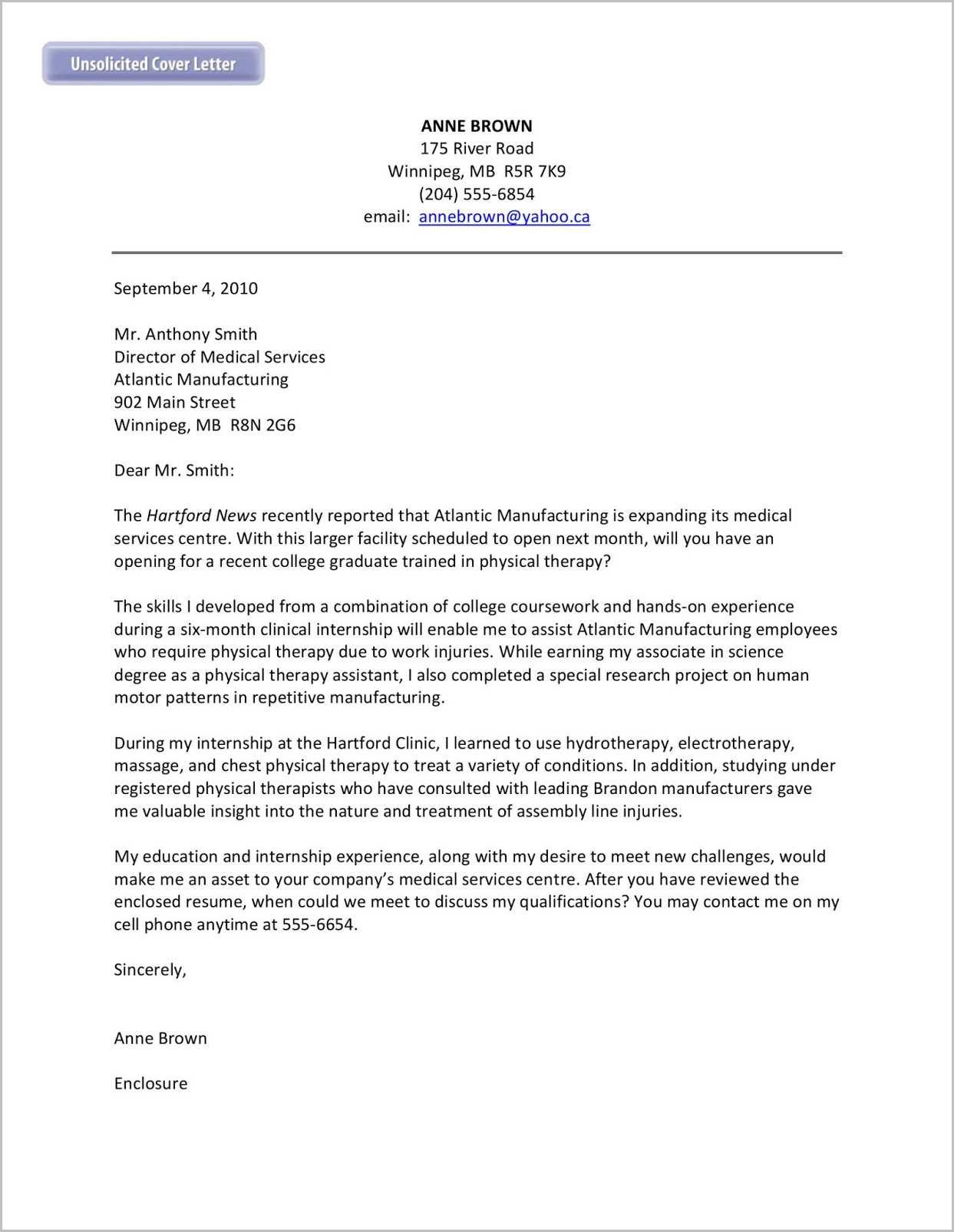
Returning to professional life after some time away can feel like a daunting challenge, but it also presents a unique opportunity to showcase your growth and adaptability. Many individuals face this situation, whether due to personal reasons, pursuing education, or exploring new passions. The key to making a successful transition lies in effectively communicating your value to potential employers.
Crafting a compelling introduction that highlights your relevant skills and experience, even if gained in different contexts, is essential. Employers are looking for evidence of how you’ve maintained or developed your abilities during your time away and how you can contribute to their organization moving forward.
In this guide, we’ll walk through how to structure your approach, offering practical examples that emphasize your readiness and enthusiasm for the next chapter in your professional journey. It’s not about explaining why you took a break, but rather focusing on what you bring to the table today and how you can make an impact. With the right framework, you can create a powerful first impression that resonates with hiring managers.
Crafting a Compelling Cover Letter
When preparing to re-enter the job market, the first opportunity to make an impression on employers lies in how you present yourself. It’s crucial to convey not only your skills but also your enthusiasm for returning to professional life. A strong introduction can set the tone and demonstrate your readiness to take on new challenges.
Highlight Your Unique Qualifications
Even if you’ve been away from the workforce, you have likely developed transferable skills, whether through volunteer work, personal projects, or other experiences. Emphasize how these qualifications are relevant to the role you’re applying for. This will allow potential employers to see your value beyond traditional professional experience and recognize how your time away has contributed to your growth.
Showcase Your Motivation and Readiness
Employers want to know why you’re excited about returning to work and how you’ve stayed engaged with your industry. Share what drives you and why this position aligns with your current goals. Highlight your commitment and eagerness to contribute, reinforcing your motivation to bring fresh energy to the team.
Understanding the Career Break Context
When returning to the workforce, it’s important to acknowledge and address the period of time you’ve spent away. Employers often seek clarity on how candidates have spent their time and what value they bring as they re-enter the professional world. Understanding how to communicate this context effectively is key to making a positive impression.
Why Employers Value Your Time Away
Potential employers may view a gap as an opportunity for personal growth or skill development. It’s essential to convey how the time away from a formal role has helped you evolve both personally and professionally. Highlighting these aspects can help position your experience as a strength rather than something to explain away.
- Personal development and new perspectives
- Volunteer work or freelance projects
- Additional education or skill-building activities
- Focus on family or health, contributing to a balanced life
How to Frame Your Absence
Instead of focusing on the reasons for your absence, focus on the positive impact it had on your life and how you are now prepared for new challenges. Acknowledge the time spent away, but emphasize the proactive steps you took to stay relevant in your field or develop new skills. This will help reassure employers that you are ready to hit the ground running.
- Describe any relevant activities or accomplishments during your time away
- Discuss how the experience enhanced your skills or broadened your perspective
- Position your time away as a strategic decision that strengthens your future performance
Key Components of an Effective Letter
To make a strong impression on employers, it’s essential to include specific elements in your communication that demonstrate both your qualifications and enthusiasm. A well-structured document can help you stand out and convey your readiness to contribute to a new role. The key is ensuring that each section serves a purpose, from introducing yourself to explaining why you’re an ideal fit for the position.
Opening with a Strong Introduction
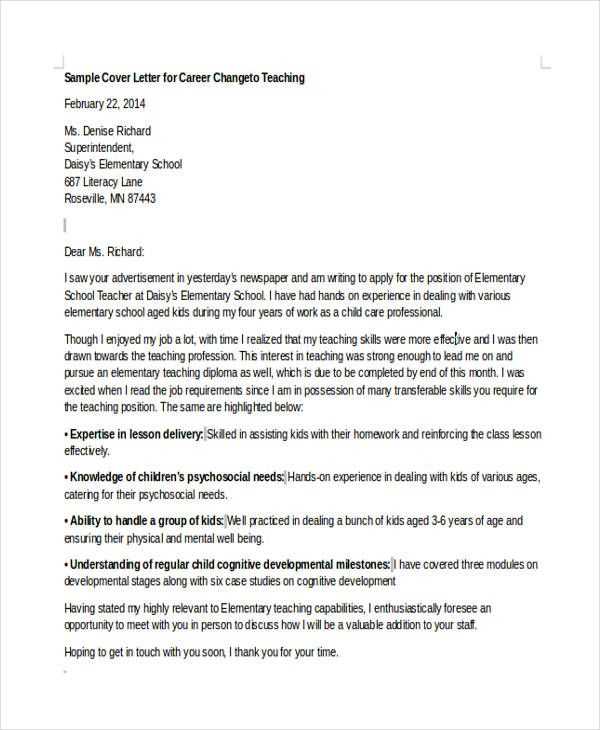
Your opening should immediately capture attention by clearly stating your interest in the position and briefly referencing your experience. The introduction serves as the first opportunity to create a lasting impression, so make sure it’s engaging yet concise.
- State the position you’re applying for
- Highlight how you found the job opening
- Express your excitement about returning to the workforce
Demonstrating Your Skills and Motivation
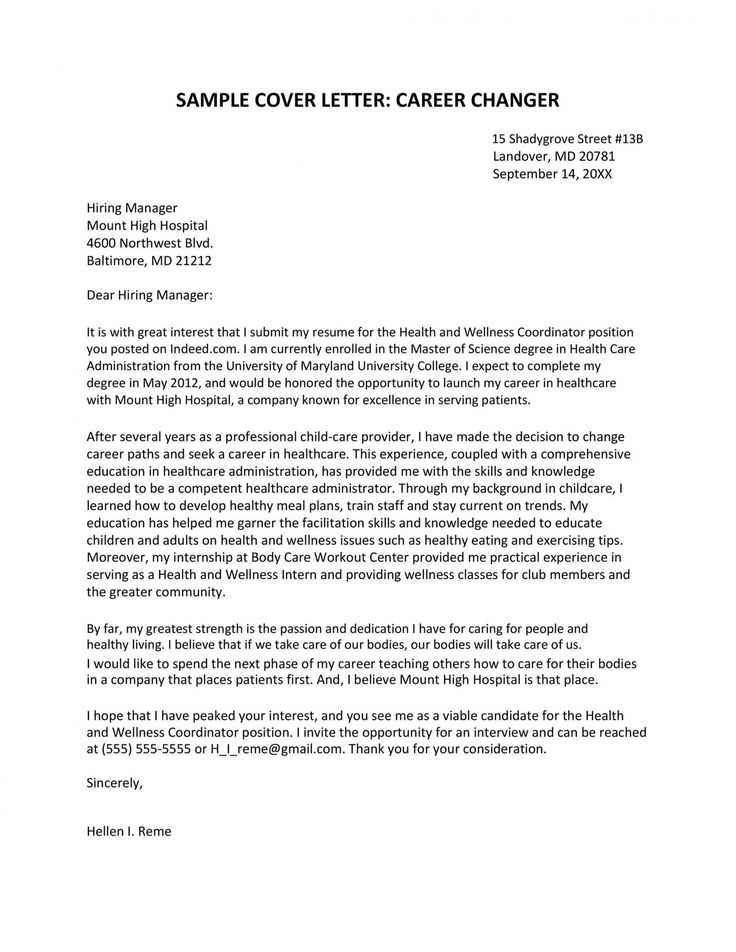
Once you’ve introduced yourself, it’s important to follow up with a section that showcases your relevant qualifications. Focus on your skills, accomplishments, and any experiences that directly relate to the role. This part should convey your readiness to contribute, highlighting how your background aligns with the needs of the company.
- Detail your relevant qualifications or transferable skills
- Provide specific examples of accomplishments that demonstrate your value
- Express your motivation to bring new perspectives to the team
Tailoring Your Letter to Employers
When re-entering the job market, it’s important to customize your communication for each employer you’re addressing. By aligning your experience and strengths with the specific needs of the organization, you demonstrate that you’ve taken the time to understand their goals and how you can contribute. Personalizing your approach increases your chances of standing out in a competitive job pool.
Researching the Company and Position
Before drafting your message, take the time to research the company’s values, culture, and the requirements of the role. This will help you to highlight the most relevant aspects of your background that directly connect with what they’re looking for. A tailored approach will show your commitment to the position and your potential to thrive within their environment.
| Company Aspect | What to Highlight in Your Message |
|---|---|
| Company Values | Align your personal and professional values with theirs |
| Role Requirements | Show how your skills and experiences meet the specific qualifications |
| Team Environment | Demonstrate your ability to work collaboratively and fit in |
Emphasizing Relevant Experience and Skills
Tailoring your communication involves focusing on experiences that are most relevant to the employer’s needs. Rather than listing everything you’ve done, choose specific examples that reflect the qualities the company values most. This allows you to present a focused narrative that shows you are both qualified and motivated to succeed in the role.
Highlighting Relevant Skills and Experience
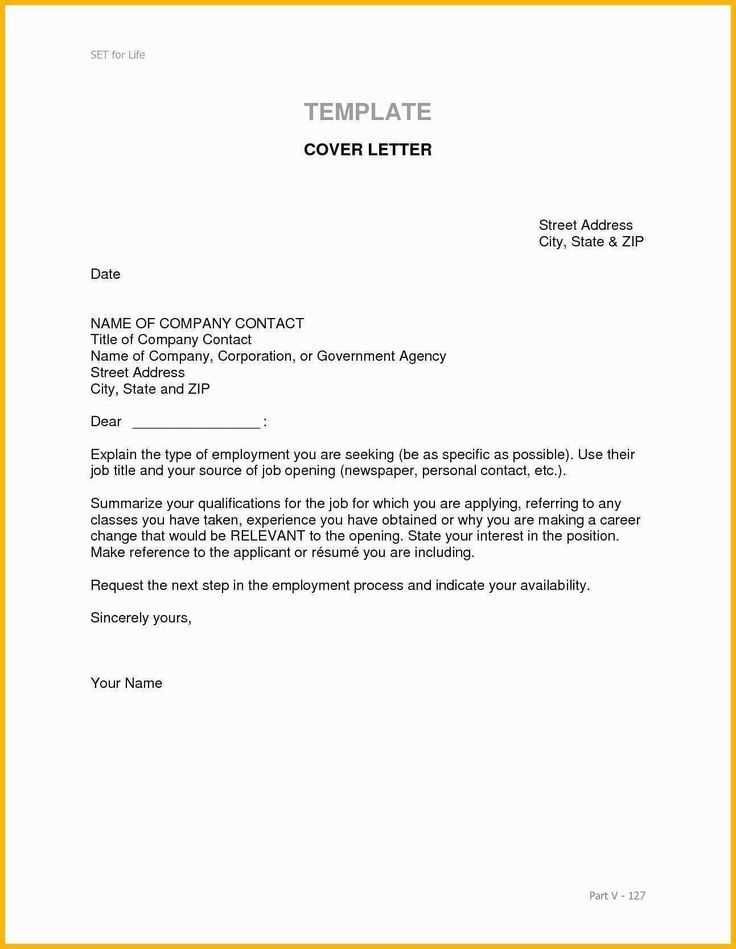
When re-entering the workforce, it’s essential to focus on the skills and experiences that align most closely with the role you are applying for. By emphasizing your strengths, whether gained through previous employment, volunteer work, or personal projects, you can showcase how you are well-prepared to contribute immediately. It’s important to present this information clearly, demonstrating that your abilities remain relevant and valuable to potential employers.
To make a strong impression, select examples that demonstrate your qualifications for the specific job. Show how your skills have evolved during your time away and how they apply to the position. By doing so, you reassure employers that you are not only capable but also ready to take on new challenges and responsibilities.
Avoiding Common Mistakes in Applications
When submitting an application, certain errors can undermine the impact of your message. It’s important to avoid common pitfalls that may diminish your chances of standing out to potential employers. By paying attention to detail and focusing on presenting your qualifications clearly and professionally, you increase your likelihood of making a strong impression.
Overlooking Personalization
One of the most common mistakes is sending generic materials that are not tailored to the specific job or company. Employers can quickly spot when an application hasn’t been customized. Instead, take the time to personalize your communication by highlighting how your skills match the role’s requirements and explaining why you’re excited about the company’s mission.
- Address the hiring manager by name if possible
- Reference specific details about the role or company
- Clearly connect your experience to the job description
Failing to Proofread
Another frequent mistake is submitting materials with spelling or grammatical errors. These small oversights can create the impression that you lack attention to detail or professionalism. Always take the time to proofread your materials carefully or have someone else review them before sending them out.
Key Tip: Reading your application aloud can help catch mistakes you might have missed during silent reading.
Tips for a Successful Job Search
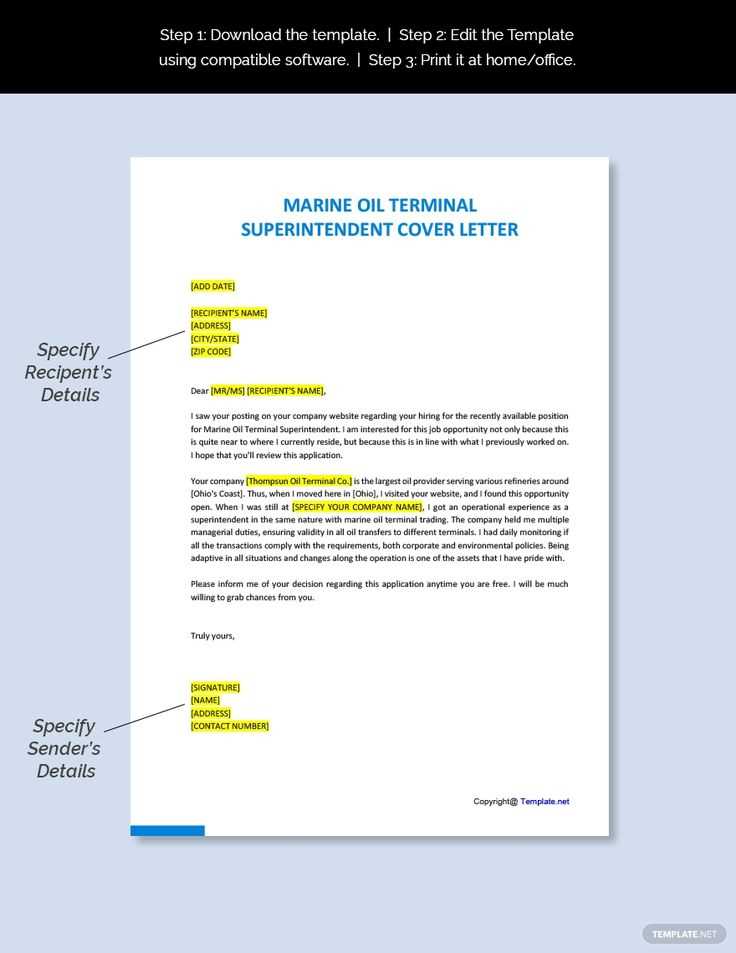
Embarking on a job search can be both exciting and challenging, especially when reentering the workforce. To improve your chances of success, it’s essential to approach the process with a clear strategy and a positive mindset. By staying organized, networking effectively, and continuously improving your skills, you can enhance your prospects and stay motivated throughout the journey.
One key to success is maintaining a focused approach. Rather than applying to every available position, prioritize opportunities that closely align with your skills and long-term goals. Tailoring your applications and communications to each opportunity will help you stand out from other candidates and show that you’ve done your research.
Leverage Networking
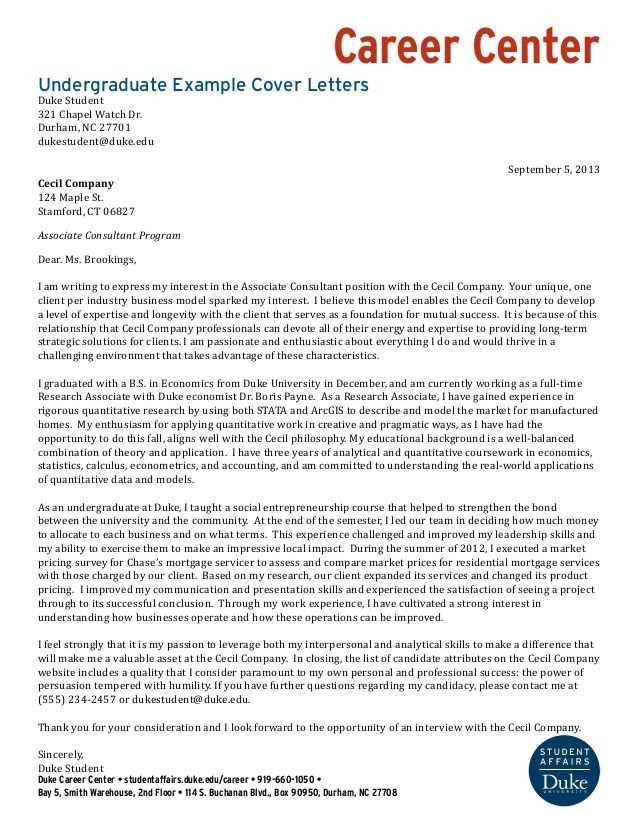
Building and nurturing connections can significantly increase your chances of finding job opportunities. Attend industry events, join professional groups, and engage with individuals in your field. These relationships can lead to valuable recommendations and insider information about potential openings.
- Reach out to former colleagues and mentors
- Participate in online forums or social media groups related to your field
- Join professional associations or attend conferences
Stay Proactive and Persistent
Job searching can sometimes take time, but staying persistent and proactive will keep you on track. Set daily or weekly goals for your job applications, follow up with employers, and continue to learn new skills that enhance your qualifications. Embrace setbacks as learning experiences and continue refining your approach to improve your chances of success.
Remember: Consistency is key, and each application is an opportunity to refine your process and get closer to your goal.